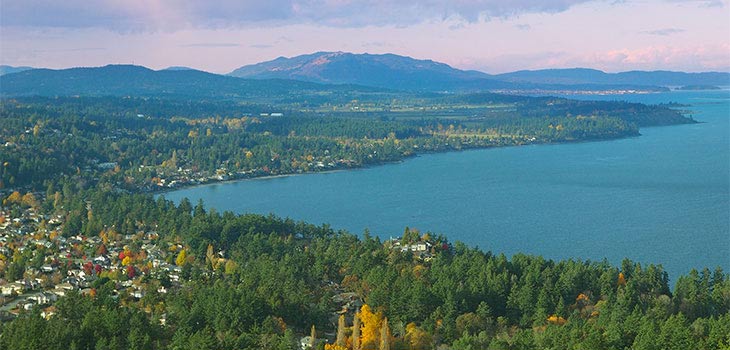11 Best Places to Live in Canada

11) Saanich, British Columbia
Located on the southern tip of Vancouver Island just off the west coast of Vancouver, is the small city of Saanich. Real estate here is pricey; for the average home residents can expect to pay over $500,000. The household median income is about $80,000, making Saanich one of the more expensive places to live in the country. However, if you have the money, the other livability factors here are very high. The population of just over 114,000 enjoy beautiful coastal living with multiple long sandy beaches and bays. Saanich has a host of lovely parks and conservation areas. The Mount Tolmie Park has fantastic viewpoints overlooking all of Victoria (the capital of British Columbia) and Saanich. The summit of Mount Douglas boasts panoramic views of Greater Victoria, accessible through Mount Douglas Park. Low crime and unemployment rates are among Saanich’s other bragging rights.
